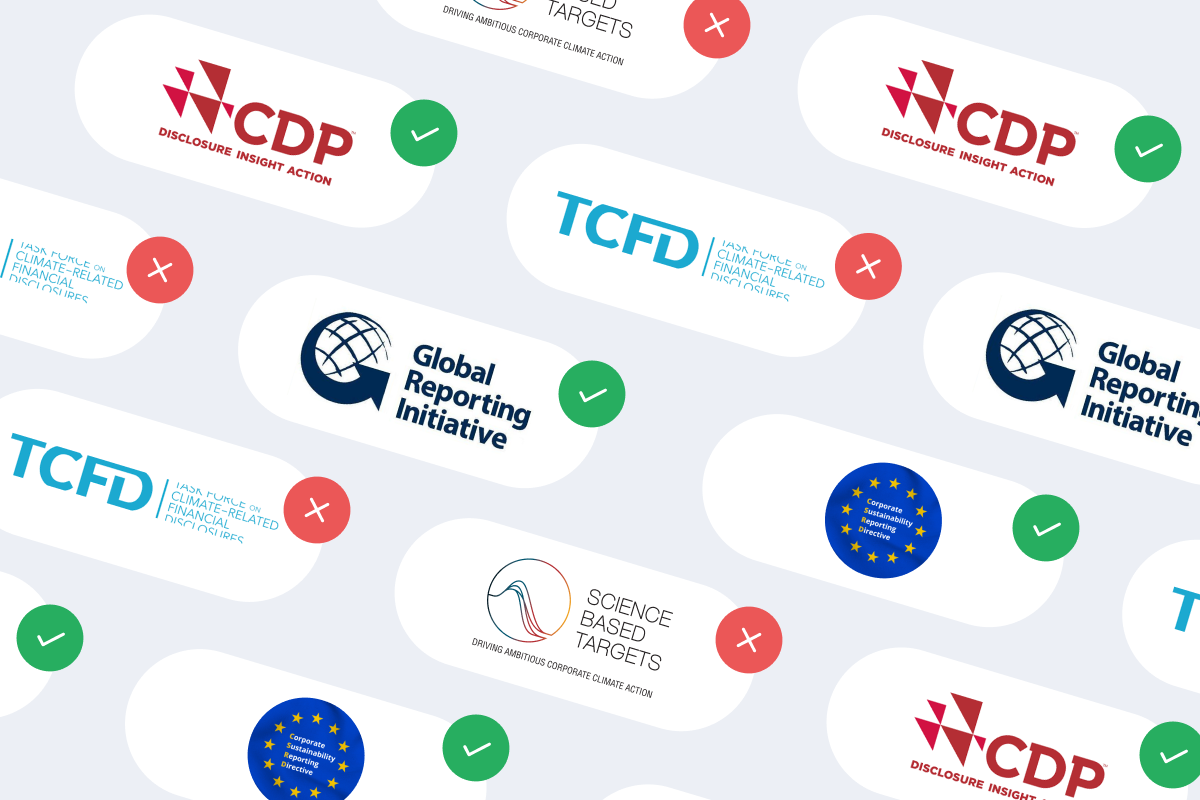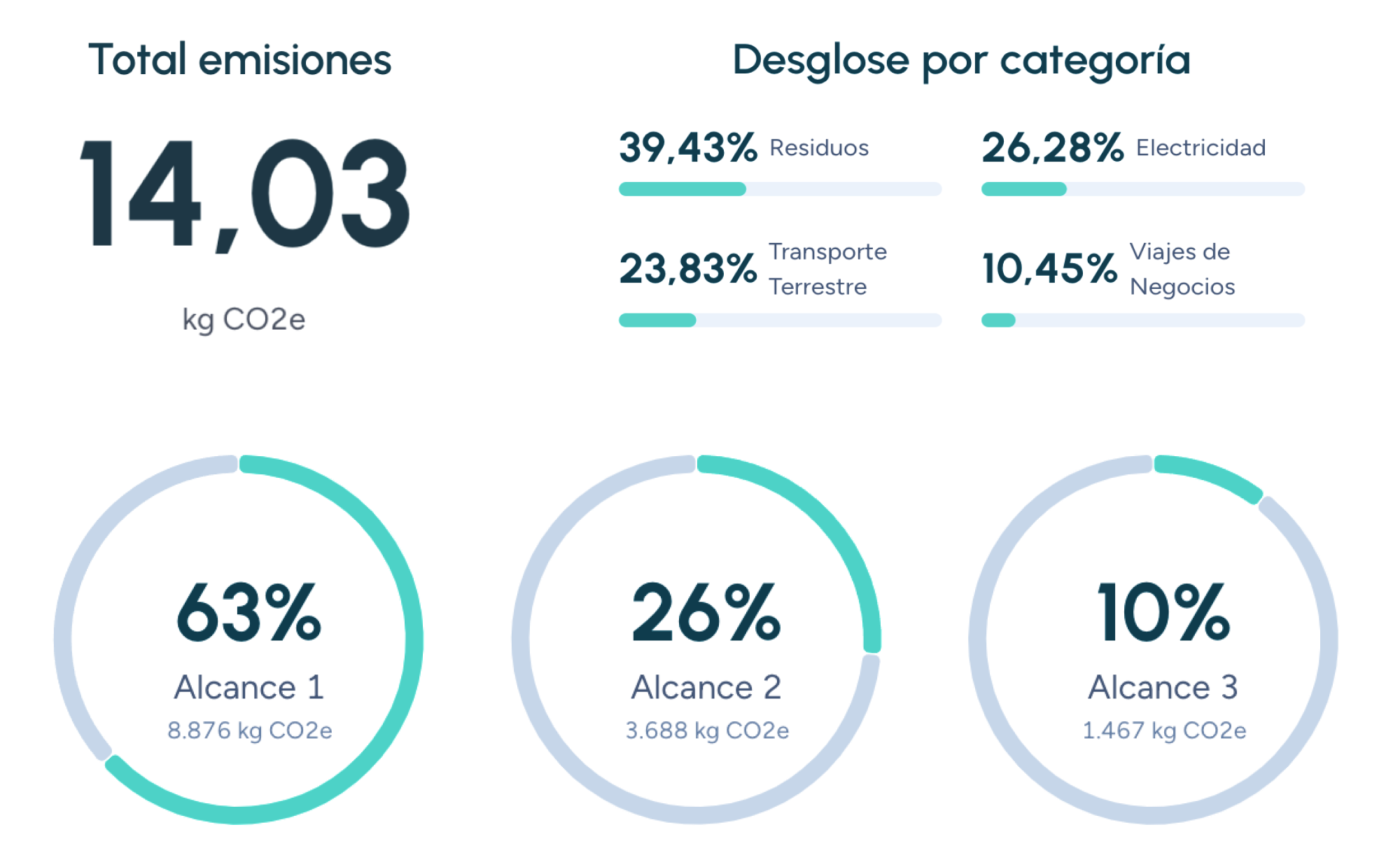G
Global Reporting Initiative (GRI)
Global Reporting Initiative (GRI) is an internationally recognized independent and nonprofit organization best known for developing the most widely used standard for sustainability reporting. It was founded with the goal of providing transparency and accountability in organizational management, especially in a world where economic, social, and environmental impacts are increasingly significant and must be measured and communicated clearly.
What is GRI?
GRI offers a set of standards guiding companies and institutions to report relevant information on their performance. These guidelines cover key topics such as water footprint, carbon emissions, labor rights, social development, and governance. By following the principles of comparability, balance, accuracy, and clarity, GRI-based reports enable readers to understand the organization’s context and the magnitude of its impacts.
Additionally, GRI encourages participation from all areas of the company, involving finance, operations, human resources, and communications teams. In this way, the final report provides a complete view of sustainability and helps identify opportunities to optimize processes and minimize risks.
Why is it relevant?
- Transparency: In an environment where stakeholders are demanding ever-greater openness, GRI reports build trust and confidence because they have internationally recognized credibility.
- Credibility and reputation: By following a globally acknowledged standard, companies can stand out in competitive markets and enhance their brand image.
- Continuous improvement: The reporting process drives organizations to set goals, measure their progress, and devise strategies to optimize operations.
- Risk management: By mapping out the most significant impacts, companies can prioritize actions to prevent potential regulatory, financial, or reputational issues.
- comparability: It allows performance to be evaluated against other organizations, making it easier for investors and analysts to make informed decisions.
Structure of the GRI Report
A GRI report is divided into three main sections:
- General information: Includes data on the organization’s profile, structure, value chain, and the context in which it operates.
- Material topics: Identifies the most relevant issues for the company and its stakeholders. These can cover areas such as occupational health and safety, diversity and inclusion, and the management of water or carbon footprints.
- Quantitative indicators: Provides concrete figures on energy consumption, the volume of generated waste, greenhouse gas emissions, among other metrics. These indicators allow for assessing real impact and comparing it with global standards.
Benefits of adopting GRI
More and more companies choose to prepare sustainability reports under GRI standards because:
- Access to capital: Responsible investment funds and financial institutions positively value transparency practices and accountability.
- Global positioning: Meeting an international standard enables companies to expand into more demanding environmental and social markets.
- Community engagement: The GRI approach takes into account the impacts on local communities, encouraging social responsibility initiatives and partnerships with governments or civil associations.
- Support for innovation: Ongoing data analysis drives research and the development of more efficient technologies, lowering costs and increasing competitiveness.
Global Reporting Initiative (GRI): An ally for corporate sustainability
The Global Reporting Initiative (GRI) is the global benchmark for sustainability reporting, providing a solid and widely recognized methodology. By implementing GRI standards, organizations can demonstrate their commitment to sustainable development, strengthen stakeholder trust, and progress toward more responsible practices. GRI offers a clear path to measure, improve, and communicate corporate impacts in an objective and coherent manner.
Companies that trust us

AWARE (Available Water Remaining)
AWARE is a Life Cycle Assessment (LCA) characterisation method that weights the impact of water consumption according to the residual water availability in the local basin.
B Corp Certification
B Corp Certification is a global standard that validates companies for their commitment to sustainability and social responsibility, promoting practices that reduce carbon footprints and create a positive impact on society and the environment.
CBAM: EU Carbon Border Adjustment Mechanism
Analyse how the EU taxes imports according to their carbon footprint, the sectors affected, and the steps companies must take to prepare for 2026.
Guiding businesses towards net-zero emissions through AI-driven solutions.
© 2025 Manglai. All rights reserved
Política de Privacidad


